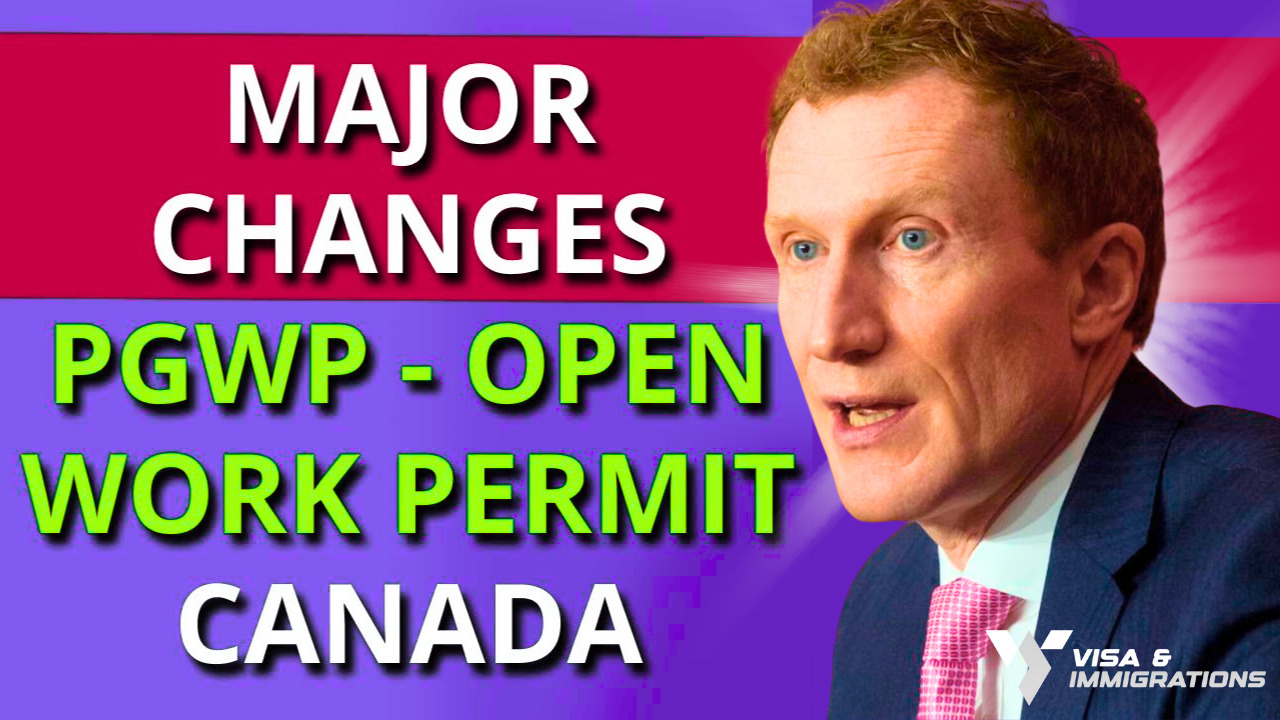In today’s blog update, we will look at the lowest unemployment rates in Canada.
According to Canada’s employment statistics, over 1 million jobs are available for the second consecutive month.
Recently, Canada reported its lowest unemployment rate in years, sitting at just over 5%. Although most of the Canadian population is employed, there are still around 1,000,5700 job vacancies across Canada and in several fields.
Job Vacancies In Canada:
According to a news report on employment statistics, there were no job vacancy rate changes in May, which estimates the number of open positions as a percentage of total posts existing. Due to a high number of vacancies and the low rate of unemployment at 5.1 per cent in May, the ratio of unemployment-to-job-vacancy decreased from 2.4 in April to 1.1 in May.
A lower proportion of unemployed positions to open positions indicates a more competitive labour market and possible labour shortages. The government’s way to deal with this has been, for several years now, enforcing liberal policy on immigration and increasing ways for foreigners to get a work permit in Canada.
Available jobs in Canada increased in health care and social assistance, which has been alarming. Canada is a first-world country that needs many resources and labour to maintain its high medical and social assistance standard.
In May, there were 143,400 available positions in the social assistance and health care sectors, an increase of 14.5 per cent from April. Because of this shortage, according to the Labour Force Survey, Canada had a massive proportion of nurses working paid overtime in July 2022 since comparable data started to be available in 1997.
Hospitals all around the country reported that COVID-19 infections among employees were causing a labour shortage. Hospitals were obligated to limit specific services due to the scarcity, which included temporarily shutting several emergency departments. If there are a lot of absentee workers in the company, it may be challenging to fulfil the demand for labour shortages.
While Labour Force Survey noticed a 30,000 rise in employment in nursing-related professional professions between December 2020 and December 2021, an increase of 8.8 per cent, this was unsatisfactory to meet the growing demand for labour.
In a completely different sector, employers were diligently looking to fill up 161,100 open positions in the lodging and food services sector in May, which was basically unchanged from the previous month. For the thirteenth month, the employment vacancy rate was 11.9 per cent, the highest of any industry. A large number of open positions in this industry is a testament to the challenges being encountered in hiring and keeping employees.
In May, the number of open positions in Manitoba demanded an increase of 15.3 percent to 32,200 vacancies, while Nova Scotia had a massive rise of 22.1 per cent to 24,600, both reaching all-time highs. The sector providing lodging and food services topped both provinces’ monthly increases in job openings, with more than 1,600 in Nova Scotia and 2,000 plus in Manitoba.
Increase In Wages:
Labour is required on a critical basis, so the incentive to fill these positions is high. Each year, median weekly wages are still rising. In May, more than half of all industries had a rise in average weekly earnings year over year, with the retail trade sector in the lead with an increase of 9.3 per cent to $703. However, the professional, scientific, and technical services had an increase of 8.1 per cent to $1,659. In comparison, the median weekly wages in the information and cultural sectors (a decrease of 6.6 percent to $1,512), and the arts, entertainment, and recreation (a decrease of 9.7 percent to $710) decreased year over year in May.
Average weekly wages increased by 2.5 per cent year over year in May, a slower pace of growth compared to April, which was at an increase of 3.2 per cent and March, hence increasing at 4.2 percent, despite the Consumer Price Index growing by 7.7 percent. Usually, a mixture of factors, such as salary changes, shifts in the makeup of the workforce, and adjustments to the average number of hours worked per week, can have an impact on the growth of earnings. Given the various circumstances, these numbers are heavily susceptible to change since the social and economic conditions do not stay constant.
What this means for many foreigners wanting a work permit in Canada is that jobs in different industries like the healthcare sector, retail and agriculture have remained in high demand.
To tackle the labour shortages with the significant number of jobs available, a variety of recruitment steps have been implemented, and budgets have been assigned to assist in faster immigration application processing times at the provincial and national levels.
This is the end of today’s blog update. We hope you found this blog useful. Please don’t forget to support us by subscribing to our newsletter and sharing this blog with your friends and family on Facebook, Whatsapp, and Twitter.
Recent Posts:
- Canada Approves A New Language Test
- Demand For Study Permits Spikes
- Canada’s 10-Day Priority Processing
- ArriveCAN Apps Uses To Be Expanded
- Canada Welcomes New Permanent Residents












